Evaluation
In this test, we’ll take a look at Noctua’s anticipated first representative and how it ranks next to other fans. We’ll start from the bottom with the most affordable one from this Austrian company. It should be noted that Noctua views this class of fans slightly differently than other brands, and has the base perched very high. However, there is one BUT, which is rather insignificant, but still “lifted some people out of their chairs”.
Evaluation
We deliberately tested the cheap Noctua NF-P12-redux fan shortly after the Polish Fluctus 120 PWM, as it’s in the same price range.
The achieved airflow at maximum speed is the same and Noctua has 17 % higher static pressure. The overall noise level is also higher. More useful in practice, though, are the results in normalized noise levels. In airflow, the Noctua usually loses to the SilentiumPC by a bit. Without obstacles it’s roughly 10 %, through nylon to 20 %, but through plastic, for example, only 5 %. More important from a user perspective, however, is that the Noctua’s sound is considerably more pleasing to human ear.The sound consists of higher (but beware, not high) frequencies with 329 Hz dominating, and the NF-P12 redux doesn’t rumble like the Fluctus.
The only thing the P12-redux doesn’t downright fit is the hexagonal grille, which greatly amplifies this frequency and therefore it was not even possible to set the fan according to the quietest mode of 31 dBA. That’s partly because of the higher minimum (~500) rpm. Overall though, the P12 redux-1700 PWM works better on cooler radiators than in system cooling. In those, the Noctua fan is not behind the Fluctus anymore, the static pressure results are equal across the entire speed spectrum. With that said, the more pleasant sound characteristics for the P12 redux-1700 PWM still apply and the Noctua fan also benefits from the quieter running bearings and motor. This is also due to the lower friction of the NF-P12 redux-1700 PWM, as indicated by half the operating power draw at comparable speeds.
This is mainly because the friction inside the NF-P12 redux-1700 PWM is significantly lower and the motor gets the rotor moving even with significantly less force.
The extremely low vibration is partly related to the above, and turbulence also contributes, but overall, none of the fans tested so far at similarly high airflow have been characterized such low values (MSI’s Silent Gale P12 is the closest, but that’s at triple the price). So you don’t have to worry about the fan being stripped of its anti-vibration pads. But you can buy (and add) them if you like them visually.
But there is also one small “inconvenience”, for which we exchanged some, let’s say harsher messages with Noctua. And although from our point of view it’s nothing fundamental, our measurements don’t match what’s stated in the parameters. We measured both airflow and static pressure lower. This will also apply to some of Noctua’s older models, although it’s interesting that with the NF-A12x25, we’re not seeing measurements that differ from those specified. We have discussed this with Noctua, they stand behind their measurements (or measurements by external labs) as much as we stand behind ours, but of course we can only comment responsibly on our work, of which I am 100 % sure.
To be clear, we are not accusing Noctua of anything, but at the same time we want to be clear about things. Our measurements also make sense in the context of last week’s discussion that it’s odd that a sterrox Noctua should perform better on a radiator despite lower static pressure than what is stated for other fans. But the static pressure is the highest with the NF-A12x25 (and it matches Noctua’s specs to a T). You might think it could be a different methodology, but something like that doesn’t come into play when measuring airflow and static pressure. Either these quantities are measured correctly and come out the same across different measurement systems, or, if they don’t come out the same, then there’s a screw-up somewhere.
But making a drama out of -30 % (for static pressure) or -18 % (for airflow) is not necessary when the fans are overlapping, in terms of accuracy, by an allowable tolerance of ± 10 %.
The important thing is how the Noctua NF-P12 redux-1700 PWM works in uniform conditions compared to other fans. And not only in terms of performance. But even so, this older design, in terms of airflow and static pressure values, keeps up with the competition even in 2022.
That is at the same price and especially with the added value of perfect bearings, a perfect motor and really functional psychoacoustic optimizations. Granted, some details could still be tweaked (a grille really doesn’t suit the P12 redux), but again, we’re talking about an inexpensive fan. To not give it a “Smart buy” award for such minor things would be cruel. As a quiet, powerful, and reliable low-cost option for a liquid cooler radiator (or as a replacement for a failing bundled fan with a cooler), the Noctua NF-P12 redux-1700 PWM is an excellent fan.
English translation and edit by Jozef Dudáš
| Noctua NF-P12 redux-1700 PWM |
| + Suitable for every use |
| + Great price/cooling performance ratio |
| + Cooling efficiency (airflow/pressure per unit of noise) at a very high level |
| + Beats even significantly more expensive fans in performance |
| + High airflow and static pressure even through a restrictive obstacle |
| + Wide speed range |
| + The sound is tuned to more pleasant frequencies than usual |
| + Virtually noiseless operation of bearings and motor (no non-aerodynamic noises) |
| + Very low power draw of around 1 W given the high performance |
| + Extra-low, negligible vibration |
| + Decent build quality |
| + Really powerful motor |
| + Assumption of very long service life (time-tested SSO bearings) |
| - Higher minimum speed (~ 500 rpm) |
| - Does not support passive mode, does not "turn off" at low PWM intensity |
| - Mismatch with a hexagonal grille, which significantly amplifies 329 Hz frequency in the sound |
| Approximate retail price: 13 EUR |
- Contents
- Noctua NF-P12 redux-1700 PWM in detail
- The basis of the methodology, the wind tunnel
- Mounting and vibration measurement
- Initial warm-up and speed recording
- Base 7 equal noise levels…
- .. and sound color (frequency characteristic)
- Static pressure measurement…
- … and airflow
- Everything changes with obstacles
- How we measure power draw and motor power
- Measuring the intensity (and power draw) of lighting
- Results: Speed
- Results: Airflow w/o obstacles
- Results: Airflow through a nylon filter
- Results: Airflow through a plastic filter
- Results: Airflow through a hexagonal grille
- Results: Airflow through a thinner radiator
- Results: Airflow through a thicker radiator
- Results: Static pressure w/o obstacles
- Results: Static pressure through a nylon filter
- Results: Static pressure through a plastic filter
- Results: Static pressure through a hexagonal grille
- Results: Static pressure through a thinner radiator
- Results: Static pressure through a thicker radiator
- Results: Static pressure, efficiency by orientation
- Reality vs. specifications
- Results: Frequency response of sound w/o obstacles
- Results: Frequency response of sound with a dust filter
- Results: Frequency response of sound with a hexagonal grille
- Results: Frequency response of sound with a radiator
- Results: Vibration, in total (3D vector length)
- Results: Vibration, X-axis
- Results: Vibration, Y-axis
- Results: Vibration, Z-axis
- Results: Power draw (and motor power)
- Results: Cooling performance per watt, airflow
- Results: Cooling performance per watt, static pressure
- Airflow per euro
- Static pressure per euro
- Results: Lighting – LED luminance and power draw
- Results: LED to motor power draw ratio
- Evaluation





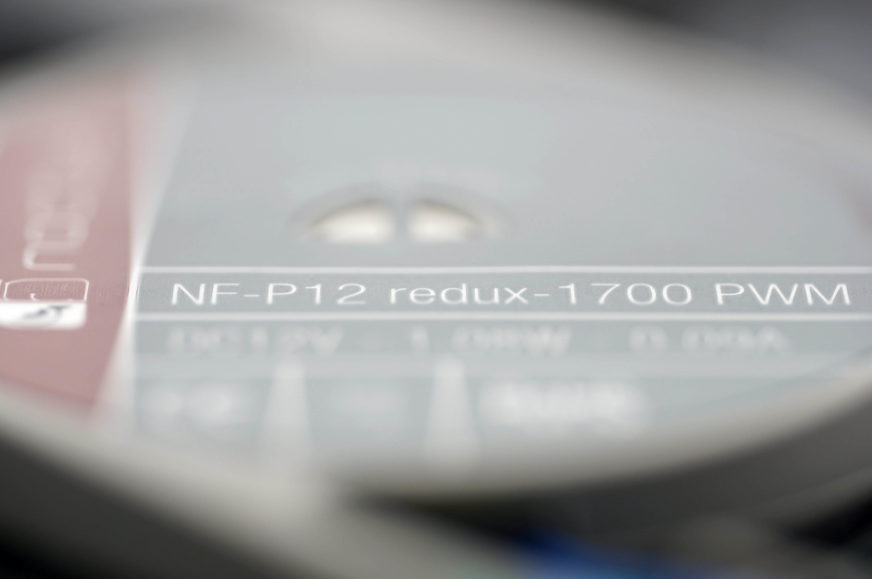
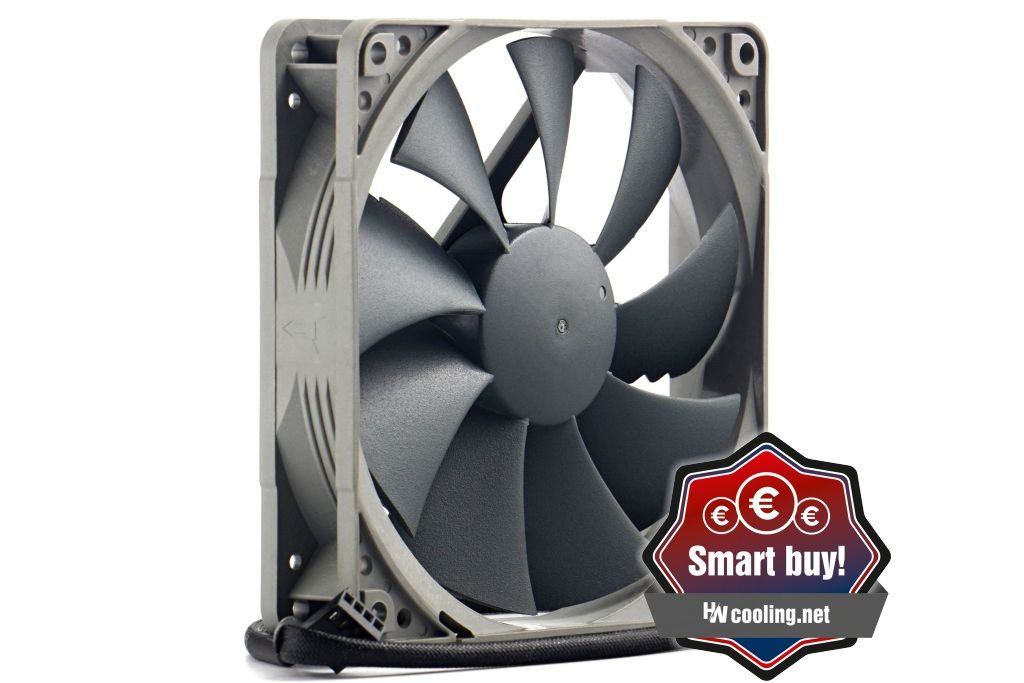
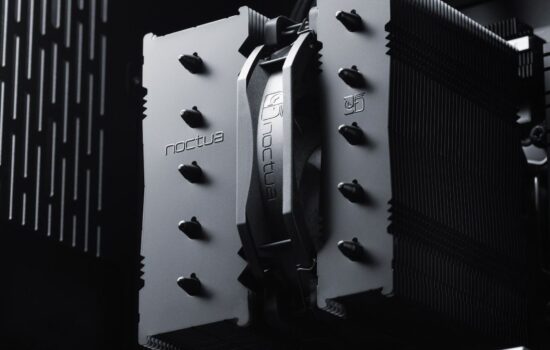
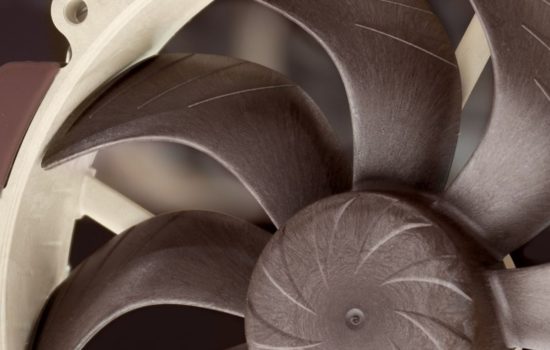
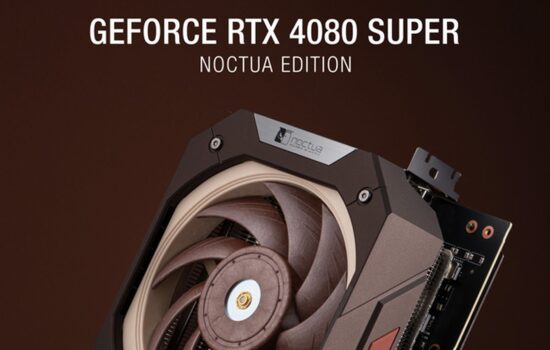



Buying the Asus ROG Strix XF120 reading your review! It’s 20-50% better in nearly every category/setup vs the Noctua! Love my high-end Noctuas but for the cheaper side to case cool my new i9 14900k OC’d well over 350W on my custom loop, I need all the fan performance I can get. ASUS ftw again! Plus I have mainly ROG in it as we speak. 🙂